
by California Casualty | Auto Insurance Info |
It’s hot… but you’re not the only thing feeling the heat. Rising temperatures are not only dangerous for us; they can also wreak havoc on our vehicles.
As the summer heat bears down in the midst of vacation and road trip season, here’s what you can do to help better protect your car on and off of the road.
How to Prevent…
Tire Damage
Your tires expand and contract in extreme temperatures. That’s why you find yourself losing more air in the winter and/or having overinflated tires in the summer. In general, you will lose or gain 1 PSI (pound per square inch) for every 10-degree temperature change. This means in the summer you could easily gain over 2 PSI. Not keeping your tires at the right pressure can reduce maneuverability and cause a blowout resulting in an accident.
To avoid tire damage in the summer, check them every few weeks to make sure you have the correct amount of pressure. Proper summer tire inflation will decrease your chances of having an accident, give you a smoother ride, and improve your gas mileage.
It’s better to be safe than sorry- if you are driving to a vacation destination, even if you just checked your tire pressure, be sure to have a spare on you just in case.
Engine Overheating
While an engine can overheat any time of the year, the summer heat will increase your chances. The high temperature itself, the heat coming off of the asphalt, and the ambient temperature surrounding the engine all play a factor in your engine becoming too hot. Of course, there are other factors that could also cause your engine to overheat including leaks, coolant problems, radiator issues, or even a damaged water pump.
So, how do you keep your engine from overheating? Routine maintenance is key for a healthy engine that can withstand the summer heat. Get regularly scheduled oil changes, frequently check your coolant levels, and replace old belts and hoses.
Unfortunately, sometimes overheating is unavoidable- especially if you have an older engine. And if an overheated engine is not handled properly, it can start a fire or ruin your vehicle. If your vehicle starts to overheat, turn off the A/C and crank up your heat. We know this sounds bizarre in the summer, but it will pull heat away from your engine and give you time to pull over to a safe location. Next, shut off your car for about 15 minutes. Keep an eye on your temperature gauge and make sure it starts to drop. If you haven’t already, this is where you will need to check and add your coolant, if needed. Finally, after giving it a few minutes rest, restart your engine and take it to your local mechanic.
Weakened Battery
Summer temps can also suck the life out of your battery. The heat leads to the evaporation of vital liquids resulting in a weakened charge. This can lead to corrosion which will damage the internal structure of your battery.
A heat-damaged battery won’t last long, especially once winter rolls around. To keep your battery in good working condition during the summer and prevent any weakening, park in the shade, keep your battery clean, limit short trips, avoid using electronics when the engine is off, and make sure your batteries’ heat barrier is still in place.
Watch for signs of your battery failing. If your battery light is on or your engine is slow to start it may be time for a replacement.
Fluid Leaks
The sun can evaporate important fluids in your vehicle, like coolant and brake fluid. Summer heat can also blow a head gasket or cause your gas to vaporize. When gas turns to vapor it increases the pressure in your gas tank and could potentially crack your hose systems. A cracked hose can lower your fuel efficiency, and if a hose were to break it could destroy your engine.
Keep your car in the shade, consistently check fuel levels, replace old hoses and belts, and continue with routine maintenance to decrease your odds of a leak. If you see a puddle, stain, or other types of liquid under your car after it has been sitting, it’s often a sign that you have a fluid leak and your car requires attention.
Other Interior & Exterior Damage
The heat won’t only affect your vehicle under the hood. It can cause fading, cracking, and other damage to your dashboard, seat, and exterior paint. And any one of these could be a costly repair.
Save yourself the money and stress and keep the sun from damaging your vehicle by keeping up with routine maintenance and cleaning, and also avoiding leaving your car in the sun whenever possible.
To protect your interior always
-
- Park in the shade when you can or use a sun-shield to protect your dash
- Cover your seats and steering wheel with covers to prevent fading and cracking
- Use detailing products to eliminate dust particles that could cause scratches
For the exterior remember to
-
- Keep your car in the garage or covered when you can
- Wash and dry your car often to get rid of debris that could fade your paint
- Wax your vehicle to give added protection against harmful rays
Stay safe in the heat and keep your vehicle safe too this season. Extend your vehicle’s life for the many summers ahead by following our tips and taking the proper precautions.
For more hot car, myths click here.
This article is furnished by California Casualty, providing auto and home insurance to educators, law enforcement officers, firefighters, and nurses. Get a quote at 1.866.704.8614 or www.calcas.com.
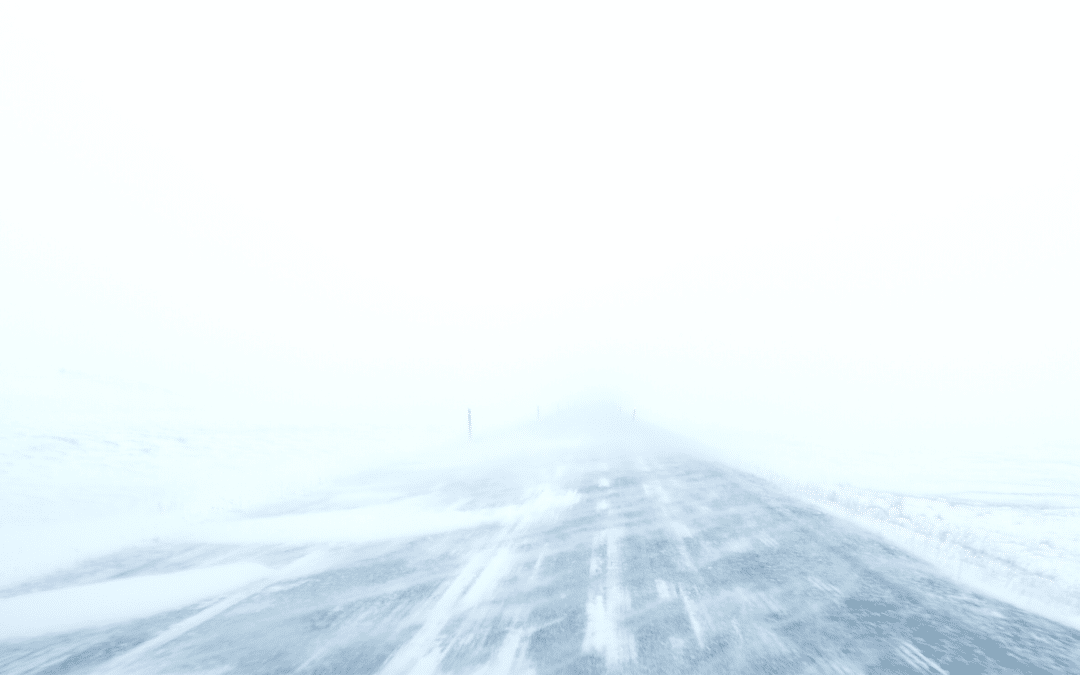
by California Casualty | Auto Insurance Info, Safety |
There’s never a good time for severe weather to hit, but among the worst is when you’re on the road. A sudden snowstorm can quickly impair your visibility, make road conditions extremely dangerous, and affect how your car handles.
Stay safe on wintertime roads with these tips for driving in snow, whiteouts, and on ice.

First, some general winter-weather rules of thumb
The below apply to all bad weather driving scenarios.
-
- Make sure your tires have plenty of tread before winter weather hits – or better yet, install winter tires.
- Check the weather before you leave the house; if it’s too bad, wait it out.
- Clear all snow, ice, and dirt from windows, windshield, brakes, and all other lights before leaving your driveway.
- Drive slowly the entire time while on the road (the more dangerous conditions, the slower).
- Drive smoothly, avoiding sudden movements on the steering wheel, brakes, and control panels.

Driving in Snow
The quality of snow in a snowstorm can vary widely, depending on wind speed and direction, moisture levels and more. The snow might be slushy or dry, sparse or voluminous, and it might be falling straight down or at a sharp angle. All of these variables affect how you should proceed on the road, but the following will keep you safer across many conditions.
-
- Go slow – Increase your following distance to at least 8-10 seconds.
- Be hyper-aware of your surroundings – Vigilance on the road will help you avoid snow dangers and also spot (and get out of the way of) out-of-control drivers who are sliding your way.
- Don’t use cruise control – It’s important that you’re paying close attention and that you’re able to react to road conditions quickly.
- Use your headlights – Make sure your headlights are on (no matter the time of day), and that they’re on dim and not high. This will help your visibility and also help other drivers see you.
- Adjust how you brake – If you’re coming up on a stop sign or signal, come to a stop slowly (that extra following distance comes in handy here). Don’t slam on your brakes, as this can put you into a skid. If you have anti-lock or ABS brakes make sure you’re comfortable with how they work in all weather conditions, including snow.
- Know when and how to stop – Don’t stop if you don’t have to (starting again can be dangerous and difficult), and never stop on a hill. If you must stop, remember it takes vehicles longer to come to a stop in snowy conditions.
- Drive in the tracks of the car in front of you – This will make it easier to control your vehicle.
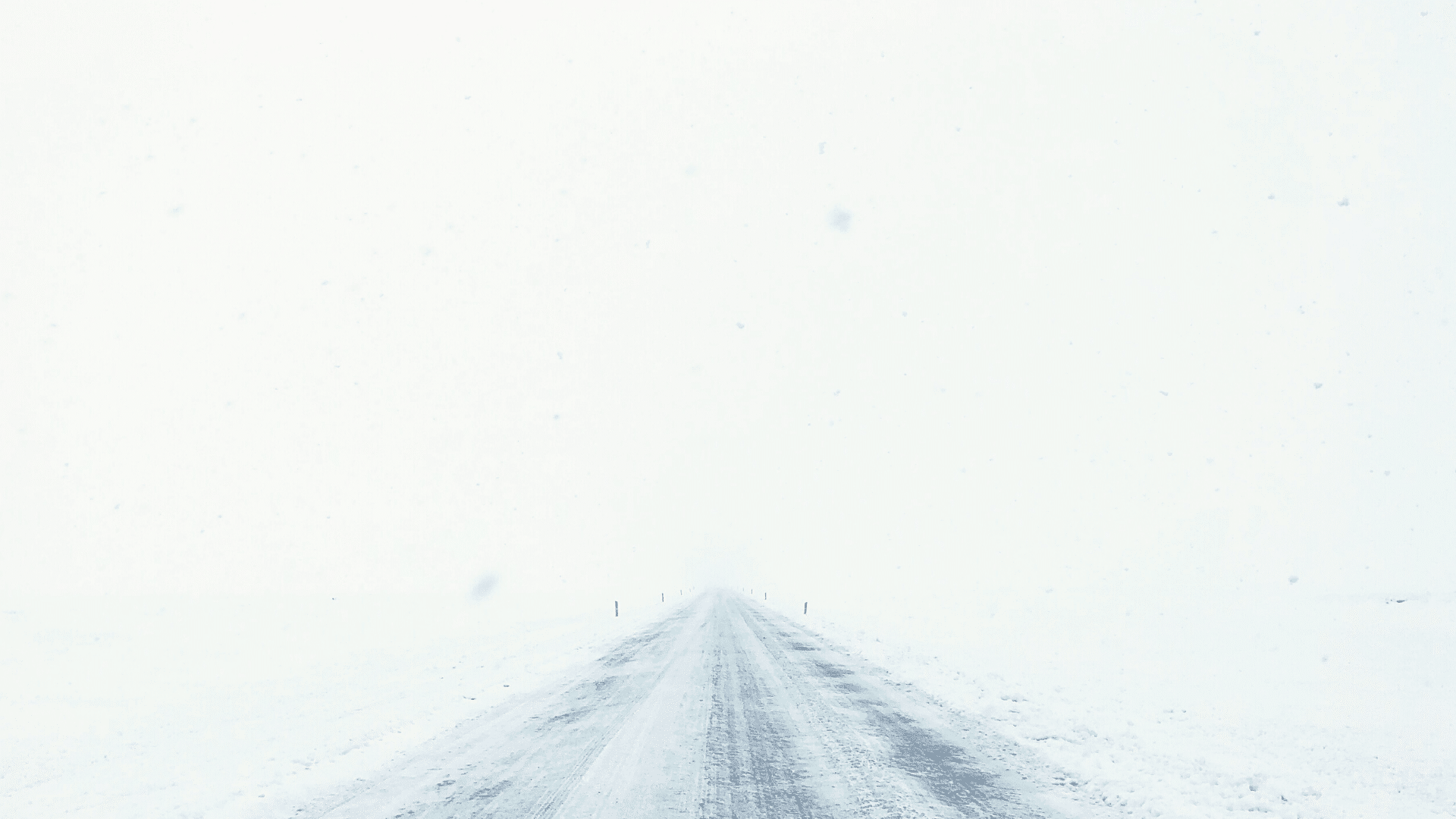
Driving in Whiteout Conditions
Whiteouts may be one of the most dangerous of snowy conditions. Here’s how to handle it if you find yourself in one.
-
- Remain calm – This is harder said than done but trying to remain calm will help you avoid over-reacting or making poor decisions.
- Slow WAY down – The most dangerous thing about a whiteout is the sudden loss of visibility. Slowing down will give you time to see what other drivers are doing and have time to react if an accident or other emergency happens right in front of you.
- Make yourself visible to other drivers – Just as you can’t see other drivers, they can’t see you. Make yourself as visible as possible by turning on your headlights (fog lights are best if you have them), and perhaps even your hazards. You can even use hand signals out the window if you need to.
- Wait out the whiteout – If visibility drops to zero and you feel unsafe, look to the nearest exit and pull off. From there, find a shoulder to pull over on. If there are no exits on your stretch of highway, pull to the side of the road, turn on your hazards, and wait out the storm.

Driving in Ice
Besides the snow you can see, there may be ice that you can’t. Notoriously hard to see, black ice acts as a glaze that coats surfaces and makes them extremely slippery and dangerous. When driving, you’ll want to be on the lookout – and ready – for it on all roads, but especially bridges, overpasses, tunnels, roads beneath overpasses, and at the bottom of hills. Check out our tips for spotting and safely negotiating black ice here.
When it comes to the downsides of winter, hazardous driving situations are among the top. But between staying off the road when possible, and taking precautions when you do have to drive, you can keep yourself, your family, and other drivers safer.
This article is furnished by California Casualty, providing auto and home insurance to educators, law enforcement officers, firefighters, and nurses. Get a quote at 1.866.704.8614 or www.calcas.com.

by California Casualty | Auto Insurance Info, Safety, Travel |
The holidays are HERE, and unfortunately so is the holiday traffic. As millions hit the road to travel near and far this holiday season roadways will quickly become overly congested, traffic delays more frequent, and holiday road rage will start to set in for many drivers.
If you are like the thousands of Americans hitting the road this season, follow our holiday traffic safety tips below.
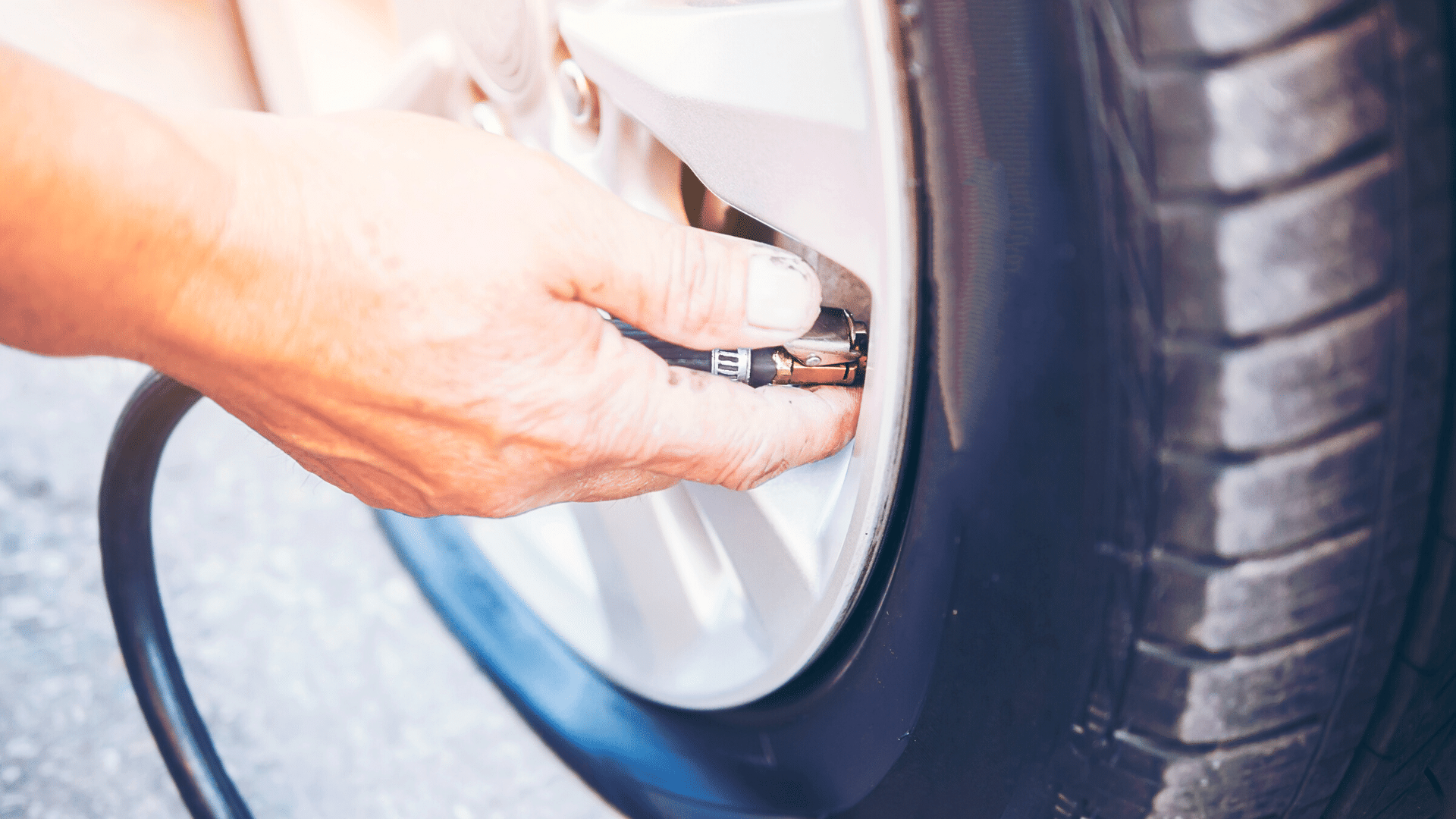
1.Plan Head
Before you hit the road make sure your vehicle is properly maintained and ready for the trip. Plan out your route ahead of time, and if it’s possible, avoid driving through areas you know will be jammed with holiday traffic. Before you head out it’s also a good idea to check the forecast and plan ahead for inclement weather. Don’t forget to pack your emergency car kit!
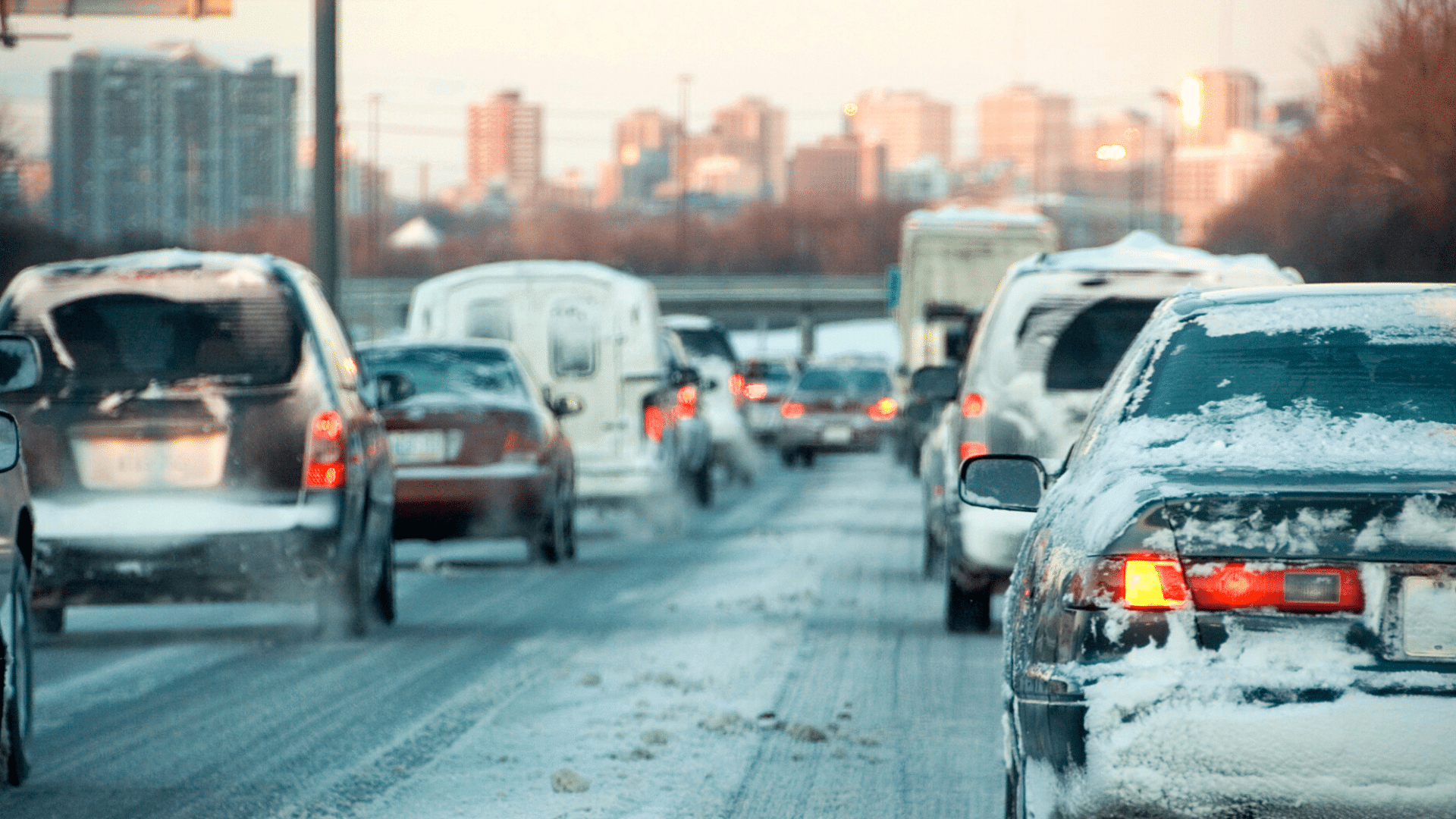
The more traffic, the higher the chance for an accident. It’s important not only to drive safely, but also to keep an eye on other drivers. In holiday traffic jams always expect the unexpected, watch for drivers cutting you off, slamming on their breaks, speeding up and slowing down, etc. Be prepared for anything, and always stay attentive behind the wheel.
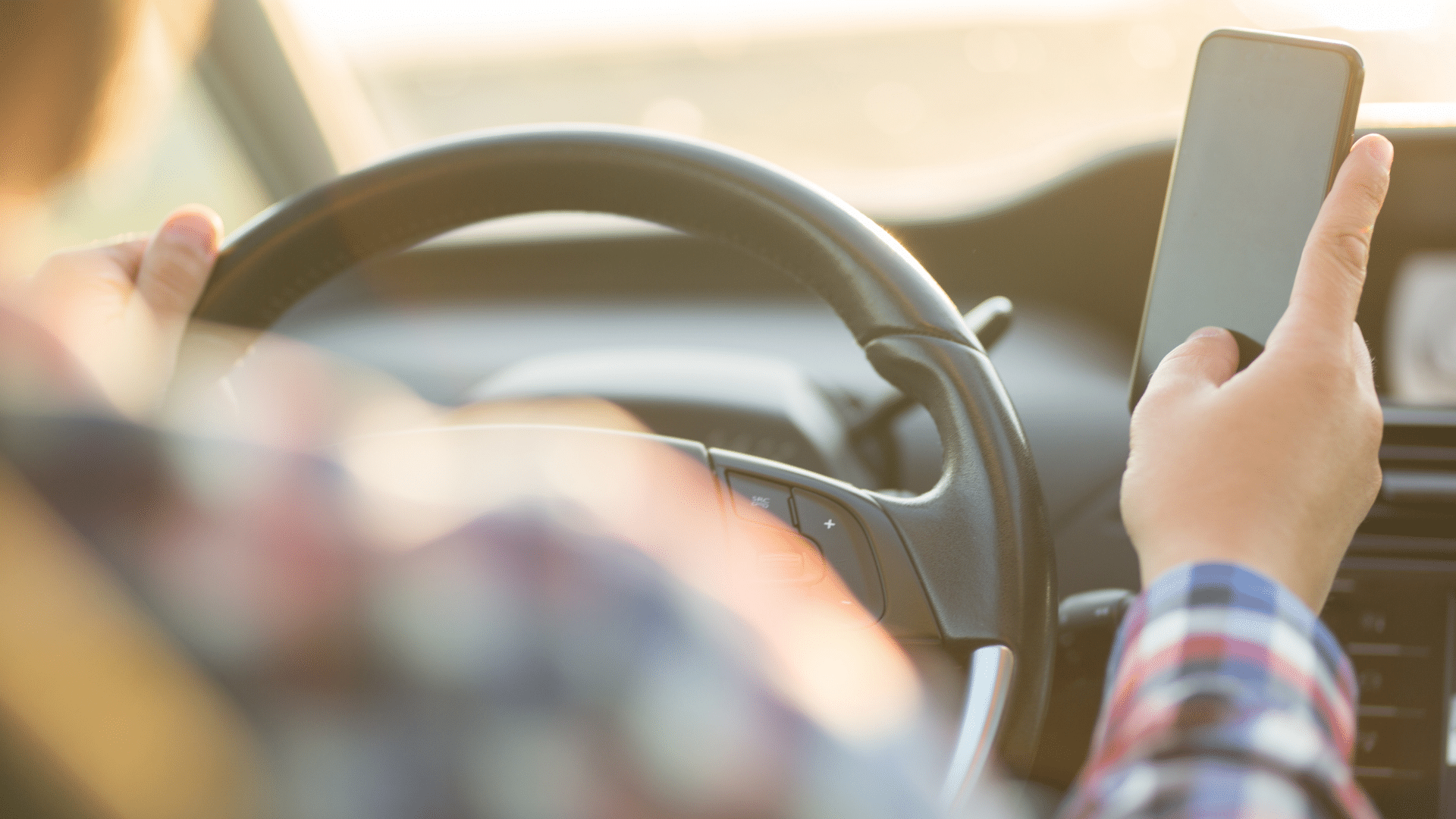
3. Avoid Distractions
Distracted driving causes thousands of fatal traffic accidents every single year. Add in holiday traffic and distracted driving becomes even more dangerous and deadly. We know it can be hard to avoid common distractions like your phone, especially when you are driving long distances by yourself, but it’s important for your safety that you keep your eyes on the road and your hands on the wheel at all times.

4. Keep Your Cool
If someone makes a decision that makes you angry when you are driving, try not to let it affect you. This may be hard, but getting angry doesn’t solve anything. Road rage is a form of distracted driving because you cannot think clearly. If you start to feel yourself becoming angry or anxious try listening to music, taking deep breaths, and remember there is nothing you can do about other driver’s decisions or to make traffic move quicker- so stay calm.

5. Watch for Animals
Deer move with cold fronts. This means as the temperature continues to drop and as we get closer to the end of the year, the likelihood of seeing or hitting a deer increases. Hitting a deer, or any other animal, can total your vehicle, hinder your plans, and even cause serious injury (or death). Stay alert and watch for animals, especially if you choose to travel in rural areas at night.
If you plan on making multiple stops or staying at any hotels during your trip, be sure to follow our Traveling Safely During the Pandemic guide.
Safe travels and Happy Holidays! 🙂
This article is furnished by California Casualty. We specialize in providing auto and home insurance to educators, law enforcement officers, firefighters, and nurses. Get a quote at 1.866.704.8614 or www.calcas.com.

by California Casualty | Calcas Connection, Good to Know |
While winter weather has been lingering for a couple of months, there’s still more to come. Did you know that heavy rains, blizzards, and ice storms often arrive in February and March across many parts of the country?
Here are a few life-saving tips to remember as you get on the road this season.
- Remove bulky coats/jackets when buckling children into car safety seats.
In an accident, the material will squish down and the harnessing system will be too loose to be effective. Layer blankets on your child’s lap after buckling them in.
A list of recommended warm clothing that won’t interfere with car seat safety can be found here.
- Keep your gas tank at least half full.
This prevents water condensation from getting into and freezing up fuel lines. A frozen fuel line means limited gas supply to the engine, stopping you in your tracks.
- Use wiper fluid that is formulated to NOT freeze.
Windshields coated with ice or splashback from roads create dangerous visibility. You will need to clean your windshield while driving, and only fluid that stays liquid will do the job.
Experts recommend carrying tire chains, jumper cables, a shovel, ice scraper, and even spare wiper blades. Other life-saving items include bottles of water, high-calorie foods and snacks, blankets or sleeping bags, a spare pair of boots, flashlights, gloves, solar cell phone chargers, and a first aid kit. Kitty litter for traction is also a good idea.
- Be aware of deadly carbon monoxide in your vehicle(s).
If you can smell exhaust in your vehicle’s cabin, you should have your systems checked. Leaks in exhaust systems, defective ventilation systems, and even an unsecured back hatch or partially open trunk can allow carbon monoxide gas into your vehicle. Tailpipes blocked with snow or ice can send carbon monoxide into the vehicle too.
Also, warming a car in a garage, even with the door open, allows dangerous concentrations of the gas into the vehicle and even into your home.
It’s important that everyone knows the symptoms of carbon monoxide poisoning.
- Bring essential medications in case you get stranded.
- Don’t venture out in extreme conditions unless it’s an emergency.
You are not only putting your life in danger, but also the lives of first responders who will have to venture out to search for you if you get lost or stranded.
TAKEAWAY: Find more winter driving tips and preparation at the California Casualty blog.
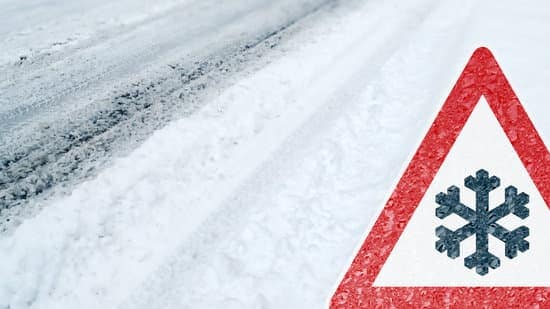
by California Casualty | Auto Insurance Info, Safety |
Driving in winter weather can be extremely dangerous, but for most of the country, a winter commute in sub-par conditions is a fact of life. Getting out during a wintery mix may be unavoidable, but it is important to know that even small amounts of snow, ice, freezing...














